International Day of Charity: Celebrating evolution and innovation
Last week on Twitter, to mark the International Day of Charity we took a deep dive into the history of four of our awesome charity partners. Charities have such an engrained role in our everyday lives that we don't often stop to wonder how, and why, these charities even came to exist. So what better reason to check out how it started vs. how it's going for Missing People, Together Trust, Terrence Higgins Trust, and Diabetes UK!
For the International Day of Charity, we ran a Twitter campaign showcasing the epic journeys of some amazing charities. We think these stories deserve a more permanent place together so we brought them onto our blog.
Please note: much of the information below is taken directly from the charities’ websites; you can find out much more information about them, their history, and their cause by following the links in this blog!
Together Trust
⏪ How it started…
The Together Trust was founded in 1870 to help the poorest children in and around Manchester, some of whom were homeless.
Back then it was known by many names, like the Boys Refuge and Industrial Brigade and Manchester and Salford Boys and Girls Refuges and Homes.
The charity built its first refuge home on Quay Street in Manchester, where nowadays you’re more likely to find a Starbucks and an Everyman cinema. The refuge home provided hammocks and food for boys in need.
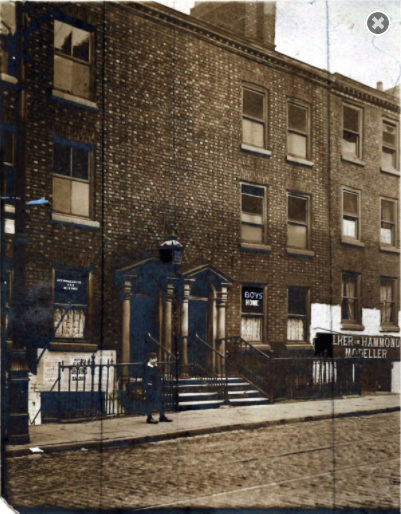

Back then, as well as providing shelter, the charity was also campaigning for children’s rights.
Leonard Shaw, the trust’s co-founder, led an investigation into street hawking – in an attempt to stop children under the age of ten being sent out to sell goods on the streets. The investigation influenced the decision by the House of Commons to ban the employment of children on the streets.
In its early days, the trust raised money in a variety of creative ways. Annie Shaw, wife of co-founder Leonard Shaw, enlisted the help of local women in the community in a fundraising sale at the old Refuge Hall in Strangeways. They sold toys, cakes, groceries and other items to raise money for the charity’s services.
The trust also held its first Garden party in Cheadle in 1921 where they raised £858, which is worth around £18,000 today!
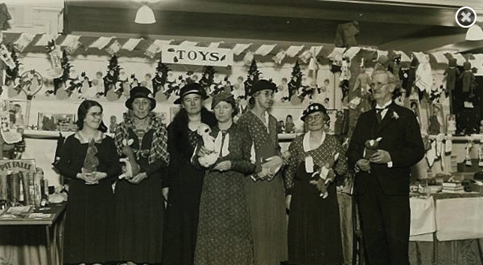
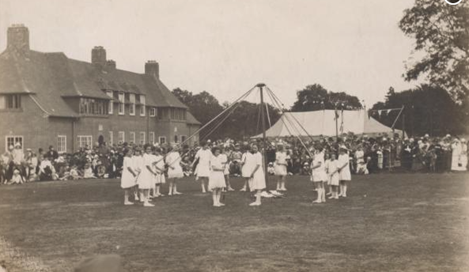
To spread awareness about their work and appeal for donations, they sent out newsletter appeals such as this one, released around Christmas time.
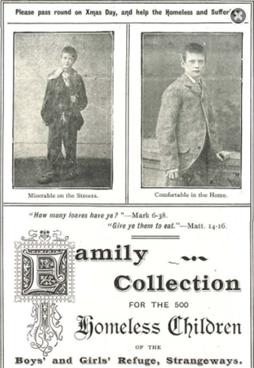
⏩ How it’s going…
In the 90s, the trust started up three specialist schools: Inscape House, Ashcroft, and Bridge College. These all continue to this day, providing specialist education for young people with autism, learning disabilities, physical disabilities, and complex health needs.
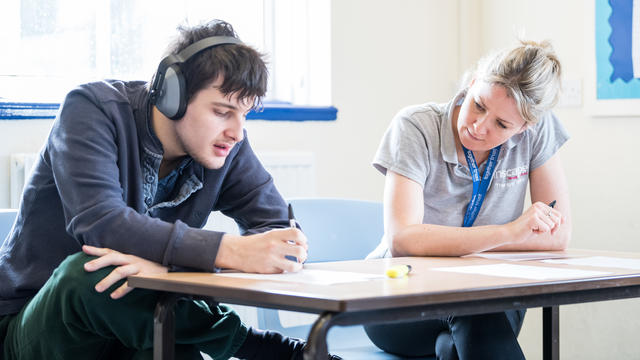
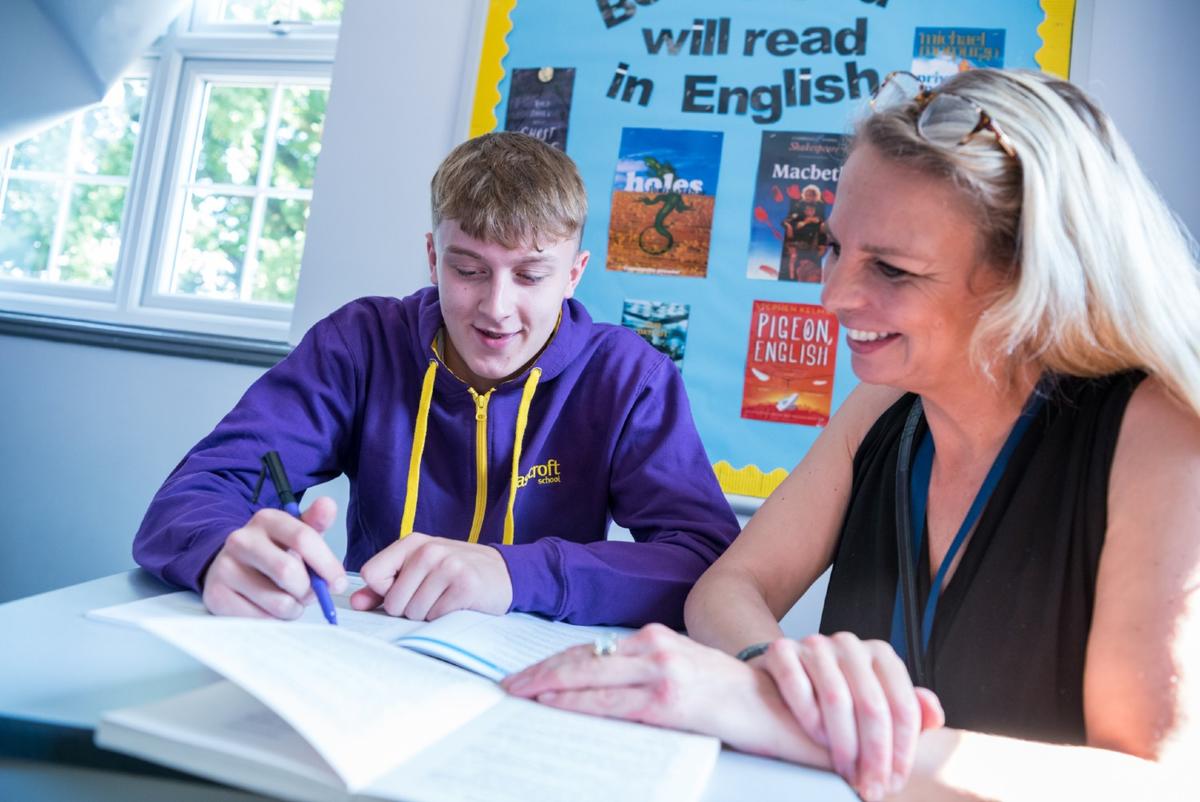
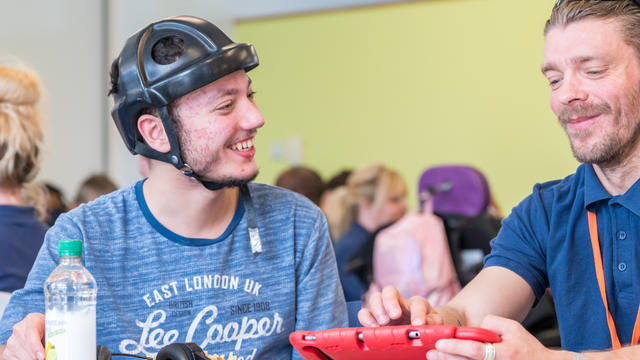
The charity changed its name to the Together Trust in 2005, here’s a look at its website from that year:
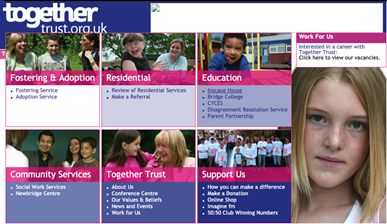
Now, its website looks a little something like this – with a big impactful animation welcoming people on the homepage.

The charity’s services have diversified massively since its inception. Now, they ‘care for and champion the rights, needs and ambitions of looked-after children and people with disabilities, autism and mental health differences.’
They make the most of digital; hosting fundraising activities online like this year’s virtual walking tours, and using their website and social media to campaign for causes such as #KeepCaringTo18.
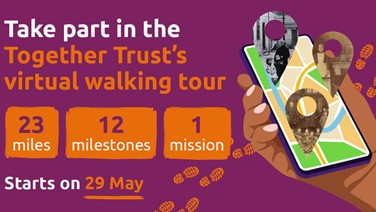
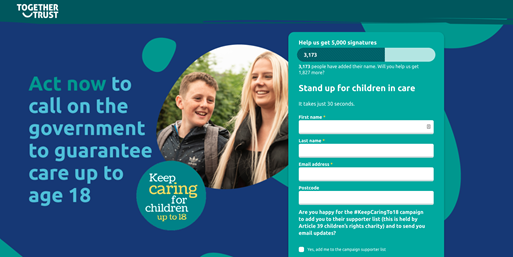
The trust and its services are genuinely life-changing for its pupils. We heard from Ethan in 2019 talking about just how much Inscape means to him:
Terrence Higgins Trust
⏪ How it started…
Terrence Higgins Trust was founded in 1982, and was the first charity in the UK to be set up in response to the HIV epidemic.
The charity is named after Terry Higgins. Terry was one of the first people to die of an AIDS-related illness in the UK, in 1982, back when AIDS was still being referred to as ‘gay-related immune deficiency.’
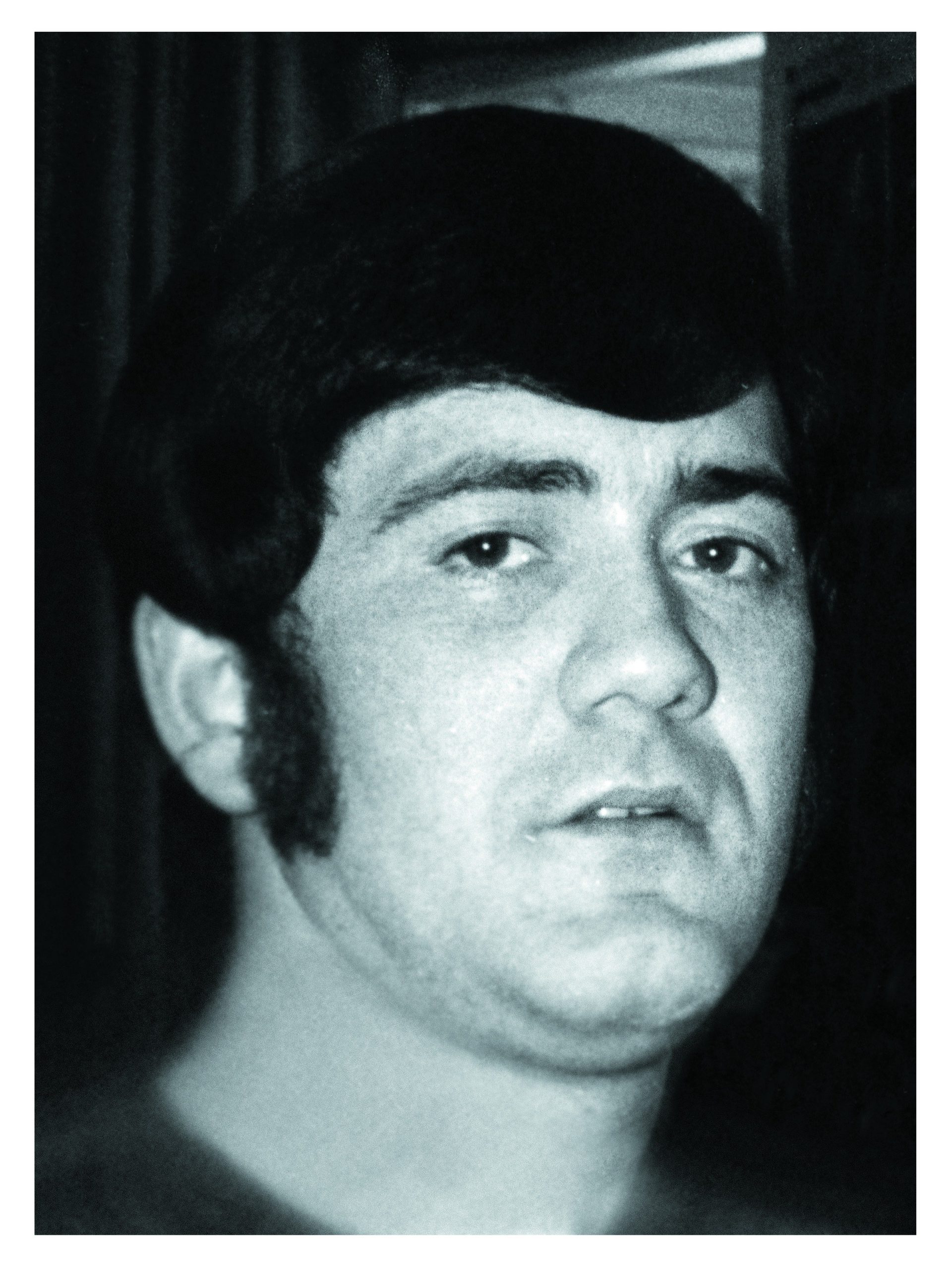
By naming the trust after Terry, the founders hoped to humanise AIDS in the public eye, at a time in which it was totally surrounded by stigma, ignorance, and fear.
In 1983, the charity started publishing health promotion leaflets spreading often life-saving information to the public. And in 1984, the charity moved into its first office and set up a helpline, operating on weekday evenings.
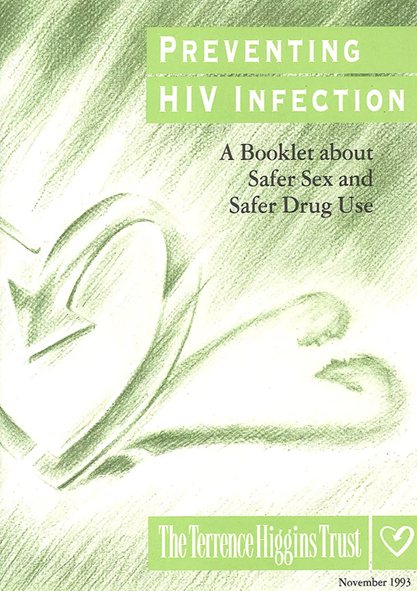
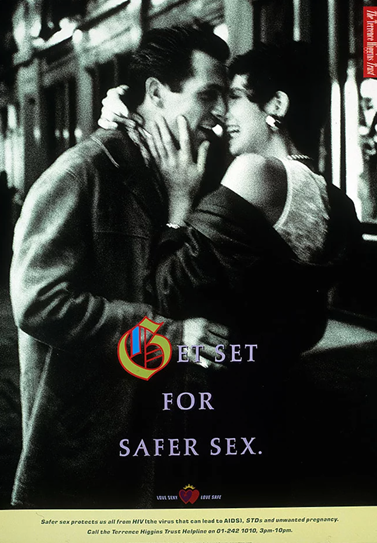
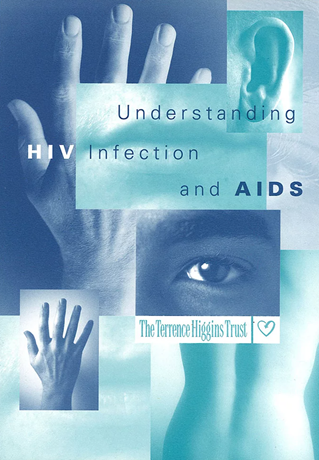
Throughout its entire history THT has tirelessly campaigned to inform, spread awareness and destigmatize HIV in the public eye.
Over the years, the charity set up websites such as Hardcell and MyHIV to spread awareness and offer support to those at risk of, or living with, HIV. Not to mention their main website – this is what it looked like back in 1996.
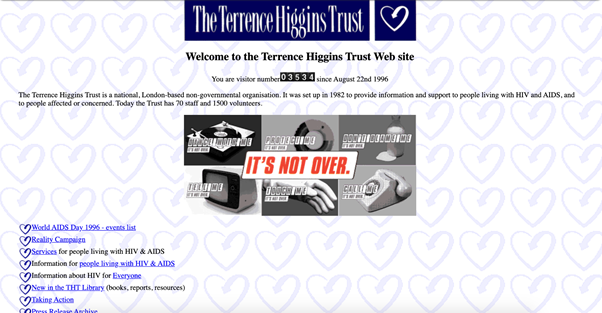
⏩ How it’s going…
From its humble beginnings in a London flat, Terrence Higgins Trust has grown to become the UK’s leading HIV and sexual health charity.
In the 2010s the charity campaigned for PrEP – a game-changing drug for HIV prevention – which lead to the drug becoming available free and uncapped on the NHS in England in 2020.
Nowadays, HIV diagnoses are decreasing, and this is in part thanks to THT’s infallible campaigning and services.
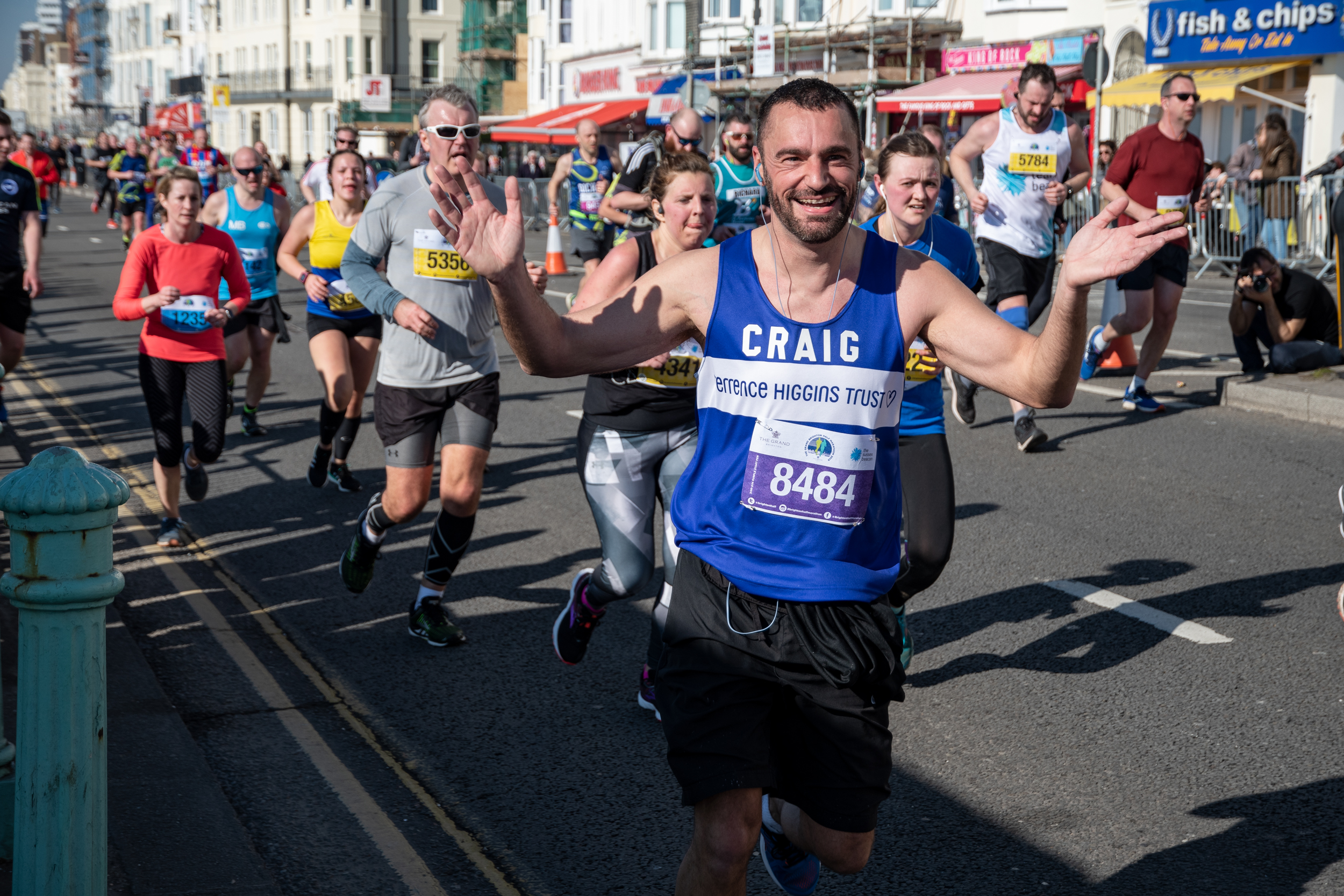


Digital is a core part of THT’s strategy to end HIV transmission in the UK by 2030.
Taking advantage of social media and the internet, the charity now spreads messages across the nation, such as ‘Can’t Pass It On’. The charity also now offers free counseling for those living with HIV and has a flagship HIV self-testing program that continues to lower barriers to testing.
Recently, the charity has implemented a tool on its website to help people find free postal testing services in their area with a simple postcode search, as well as a free condom postal service in some UK locations.


THT’s newest campaign, Life Really Changed, spans physical advertising and digital. An HIV diagnosis now does not mean what it used to, and the campaign sends a powerful message that shows just how much HIV has changed since the charity’s inception.
Terrence Higgins Trust continuously adapts and diversifies its services to reflect those changes, and to meet the needs of the people the charity exists to help.
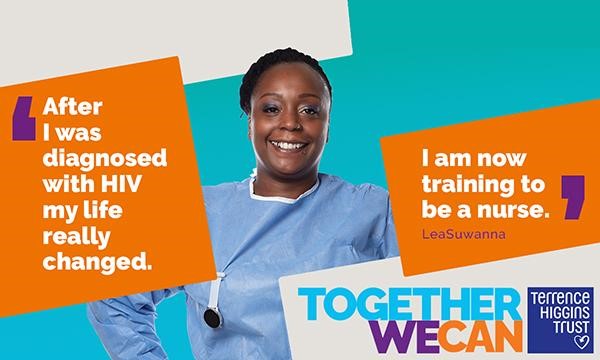
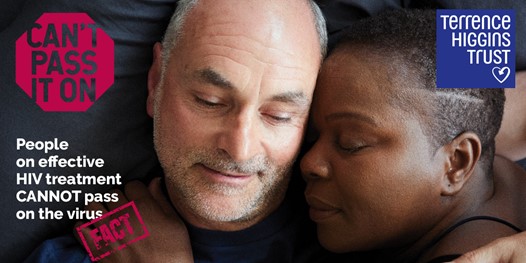
Diabetes UK
⏪ How it started…
The charity was founded in 1934, with one simple aim: to make sure that everyone in the UK could access insulin, no matter their financial situation.
Originally called the Diabetic Association, its founders were author H G Wells and Dr. R D Lawrence, both of whom were living with diabetes.
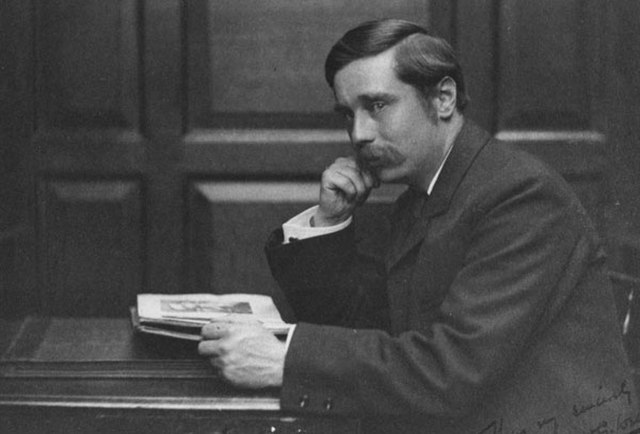
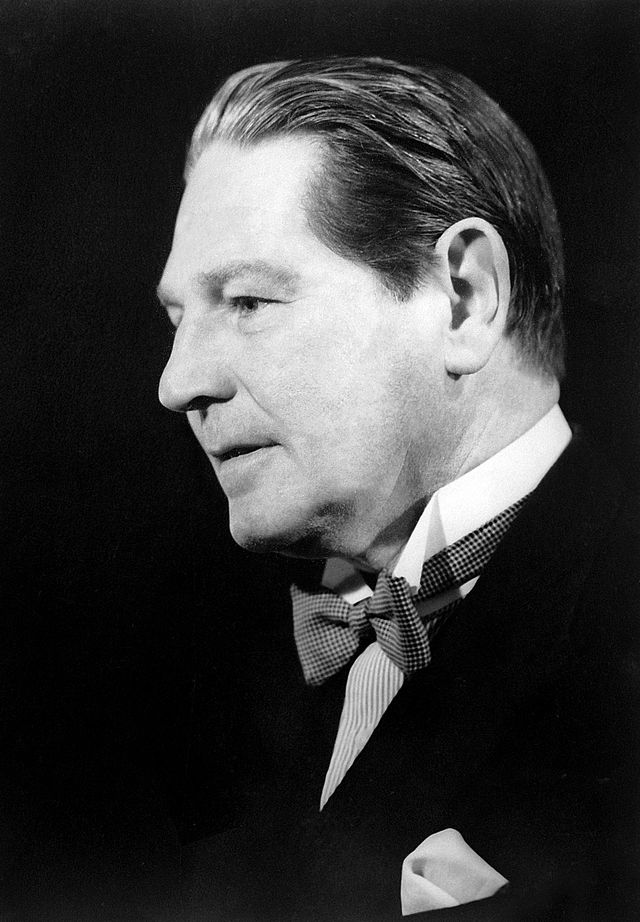
The charity was heavily involved in scientific research right from the beginning, its first research grant was in 1936 which actually resulted in a breakthrough discovery in how the liver produces glucose.
Diabetes UK has always been at the forefront of the fight against diabetes, and alongside research, the charity spent a lot of its time campaigning, even campaigning for the creation of the NHS.
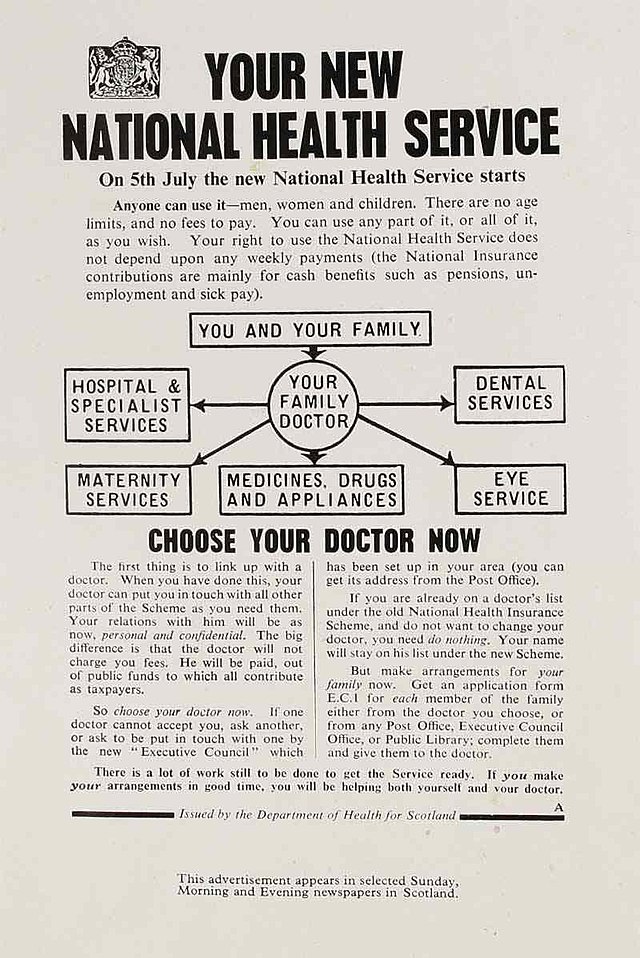
The Association created the Diabetic Journal, which was first published in 1935, which changed its name to Balance in the 1960s.
The charity set up its first local voluntary group in the UK in 1939 – of which there are over 400 today!
The Diabetic Association became the British Diabetic Association in 1954, and then Diabetes UK in 2000, the same year their website looked like this:
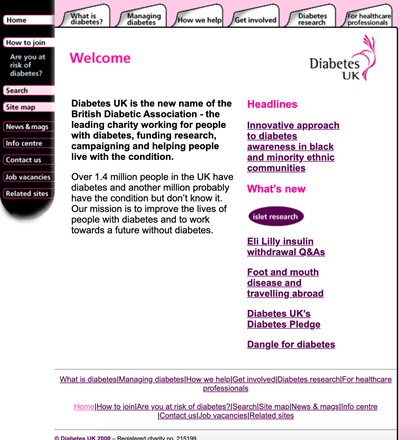
⏩ How it’s going…
Nowadays, the charity’s website looks a little more like this – a worthy website for the country’s leading diabetes charity:
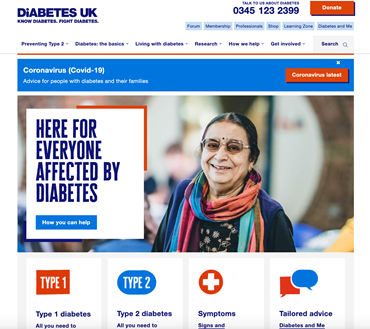
Diabetes UK is currently at the forefront of diabetes technology and the campaign for its funding.
Tech like insulin pumps and continuous glucose monitors can be a vital part of how people manage their diabetes.

The charity has had an online forum since 2008, helping to connect people with diabetes, carers, and families, to one another, and providing invaluable peer-to-peer support 24/7.
The charity’s website also hosts a Learning Zone, which has helped support over 75,000 people living with diabetes to improve their management of the condition.

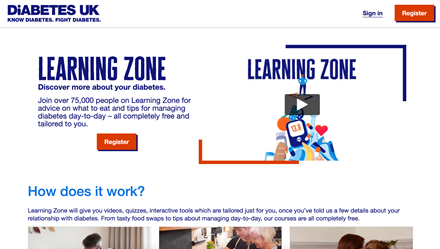
The charity has undoubtedly helped to change the face of Diabetes in the UK – and continues to work towards their mission of a world where diabetes can do no harm.
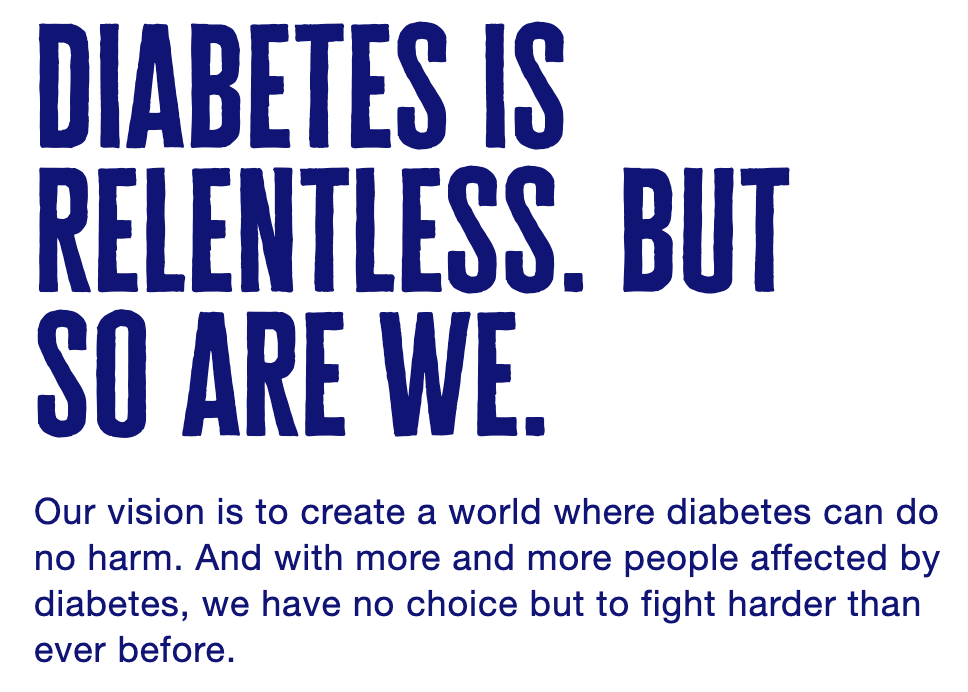
Missing People
⏪ How it started…
In 1986, estate agent Suzy Lamplugh went missing.
In a response to this high-profile case, sisters Janet Newman and Mary Asprey co-founded the National Missing Persons Helpline.
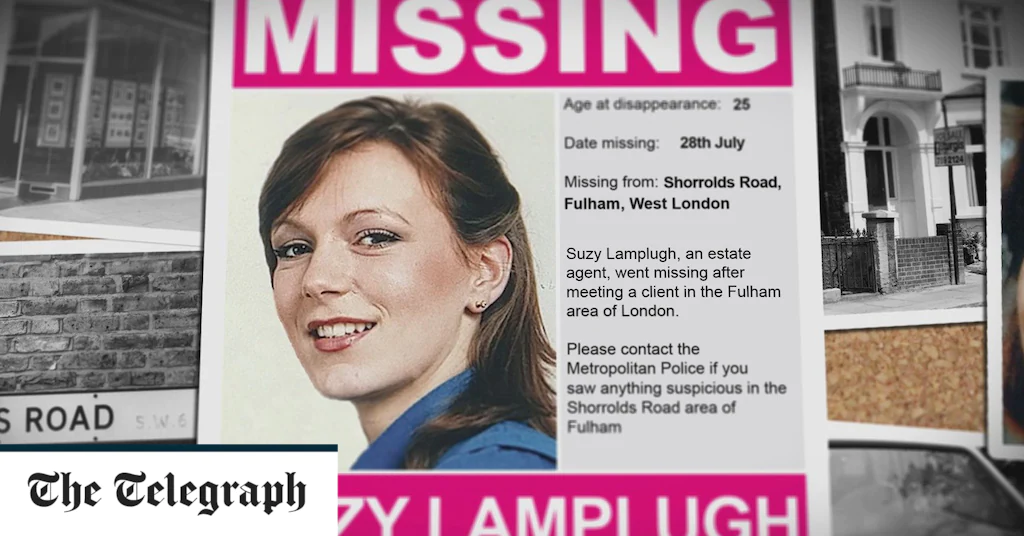
Soon after, from their bedroom in South West London, they started up a telephone service. At first, Janet, Mary, and a small team of volunteers simply offered comfort and support to the helpline callers. But soon, they realised that there was a pressing need for more than just comforting words over the telephone. And so, the National Missing Persons Helpline was registered as a charity in 1993.
In the days before widespread internet access, the charity found itself in newspapers, on posters, and even milk bottles, spreading awareness of people who had gone missing and appealing for any information.

The charity worked closely with the police and in 1994, even played a key role in identifying and ruling out victims of Fred and Rose West.

Right from the beginning, the charity was making the most of technology, using innovative software to virtually age faces, in attempts to show the public what missing people may look like years after their disappearances.

⏩ How it’s going…
Since rebranding to Missing People in 2008, the charity’s services have diversified.
In 2007, the charity won two awards for its website – which received more than 40 million hits in its first year.

Nowadays the website looks a little more like this:

Missing People also uses its massive social media following to spread the names and faces of people who are missing.
Recently, alongside Missing People and the NSPCC, we built Is This OK? – a groundbreaking chatbot that helps young people at risk of exploitation.
In 2019, Missing People’s services helped over five thousand children and young people, with 443 of them using Is This OK To receive support.

In the UK, someone is reported missing every 90 seconds. Missing People continues to work to ensure that these individuals, and their friends and family, receive the right support.
